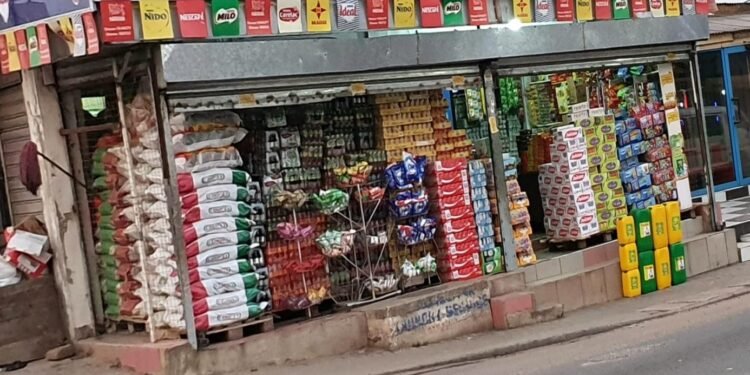Ghana, the world’s second-largest cocoa producer, is facing a significant crisis as its cocoa production for the 2023 season has plummeted to less than 55% of the average seasonal output.
As of the end of June 2024, Ghana’s cocoa production reached only 429,323 metric tons, a stark contrast to the country’s average annual output of 800,000 tons over the past five seasons. This drastic decline, reported by the Ghana Cocoa Board (Cocobod), reflects the myriad challenges facing the cocoa industry in Ghana and its implications on the global cocoa market.
Historically, the bulk of Ghana’s cocoa harvest is completed by the end of June, and the latest Cocobod data indicates a troubling trend of declining yields. Over the last three seasons, Ghana’s cocoa output has steadily decreased, from 683,269 tons in the 2021/22 season to 656,140 tons last season.
This year’s figures are even more alarming, with the Ashanti and Western South regions, which are pivotal to Ghana’s cocoa production, showing significant drops. Ashanti produced only 103,976 tons of beans by the end of June, compared to 160,855 tons last season, while Western South recorded 96,810 tons, down from 152,277 tons.
Factors Behind the Decline
Several factors have contributed to this disastrous harvest. Adverse weather conditions and tree diseases, particularly the Cocoa Swollen Shoot Virus Disease (CSSVD), have severely impacted cocoa production. Additionally, illegal artisanal gold mining, known locally as galamsey, has exacerbated the problem.
Galamsey not only depletes the land of its natural resources but also diverts labor from cocoa farming. As Nana Kwesi Barning, coordinator of the Ghana Civil Society Cocoa Platform, highlighted, “Galamsey and CSSVD are massive in there, especially the galamsey, per our analysis.”
Nana Johnson Mensah Kagya, a major cocoa farmer in the Western South region, corroborated these concerns. He stated that over half of his 80 hectares of cocoa plantations had to be cut down and replanted due to swollen shoot disease.
Furthermore, the allure of quick money from illegal gold mining is drawing young men away from cocoa farming, jeopardizing the future of the industry. “If galamsey continues to exist, cocoa has no future. Because of the galamsey, you will not get anybody to work on the cocoa farm,” Kagya lamented.
The Impact on Global Cocoa Markets
The decline in Ghana’s cocoa production has had significant repercussions on the global cocoa market. Alongside Ivory Coast, which is also experiencing a poor harvest, Ghana accounts for around 60% of the world’s cocoa supply. The reduced output from these leading producers has driven up global cocoa prices since the beginning of the year, affecting chocolate manufacturers and consumers worldwide.
Moreover, the production shortfall has put Ghana’s Cocobod in a precarious position. The organization has struggled to fulfill its contracts with exporters and traders, leading to delays in delivery of up to 350,000 tons of beans to the next season. Although Cocobod has denied the extent of these contract roll-overs, the situation underscores the severity of the production crisis.
Looking ahead, the prospects for Ghana’s cocoa industry remain uncertain. Cocobod’s CEO has expressed optimism, predicting that cocoa output will rebound to over 800,000 tons in the next season, set to begin in October. However, industry experts and analysts have questioned the feasibility of this target, given the persistent challenges of adverse weather, disease, and the impact of galamsey on the labor force.
Ghana’s cocoa sector is at a critical juncture. The combination of environmental, social, and economic factors has led to one of the worst harvests in recent history, with far-reaching implications for the global cocoa market. Addressing these challenges will require concerted efforts from the government, industry stakeholders, and the international community.
READ ALSO: Fitch Predicts Stronger Ghanaian Cedi Amid Enhanced Investor Confidence in Coming Months























